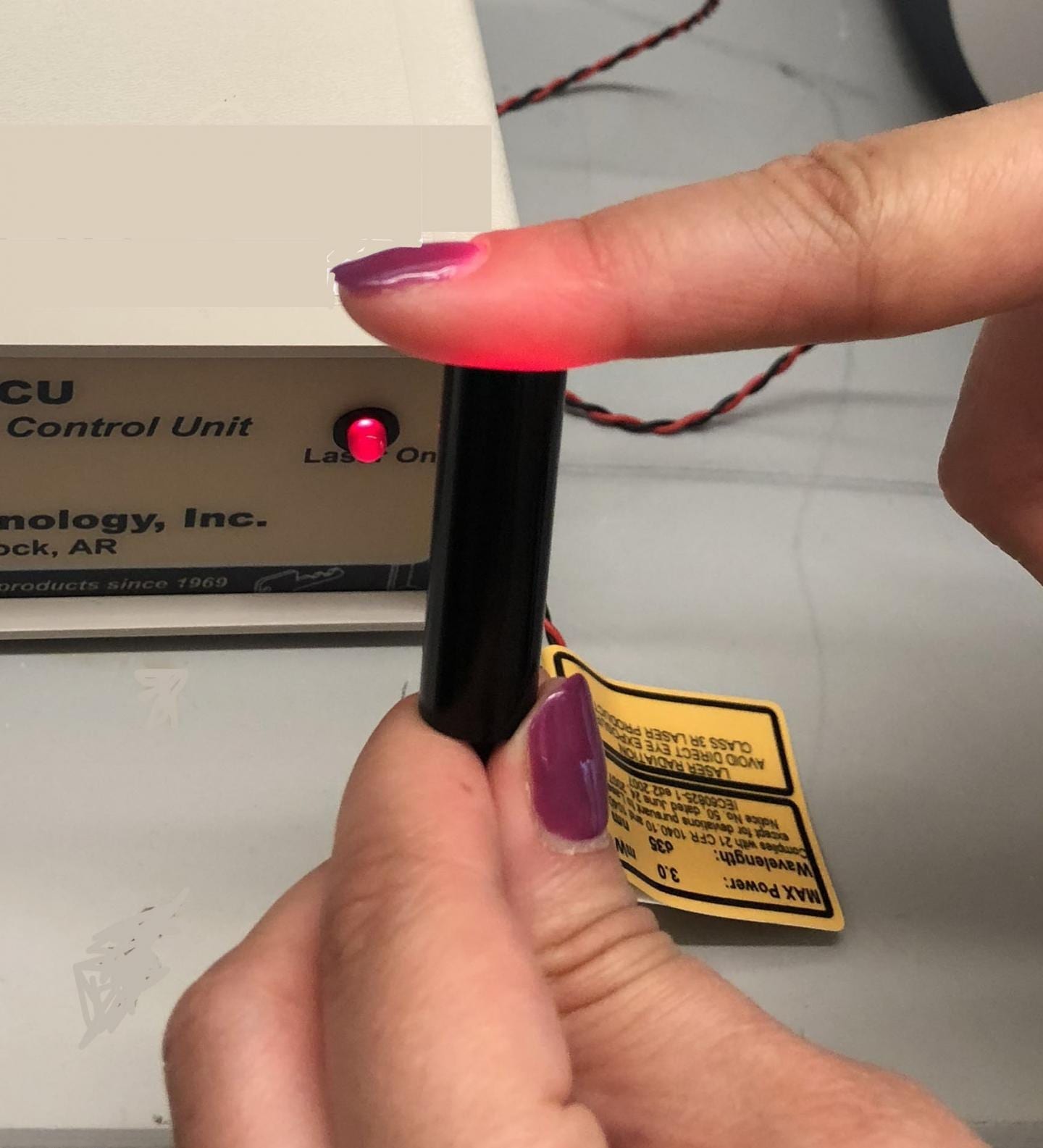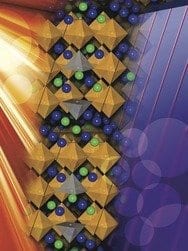
The scientists conclude that the microswimmers show great promise for future biomedical uses
In the quest to shrink motors so they can maneuver in tiny spaces like inside and between human cells, scientists have taken inspiration from millions of years of plant evolution and incorporated, for the first time, corkscrew structures from plants into a new kind of helical “microswimmer.”
The low-cost development, which appears in ACS’ journal Nano Letters, could be used on a large scale in targeted drug delivery and other applications.
Joseph Wang and colleagues point out that nanomotors have tremendous potential in diverse applications from delivering drugs to precise locations in the body to making biosensors. To realize this potential, scientists have recently taken inspiration from microorganisms that have tiny, hair-like structures that they whip around to propel themselves. But copying these nature-engineered nanomotors requires advanced instruments and costly processing techniques that make them a challenge to produce on a large scale. To address these issues of practicality, Wang’s group also drew inspiration from nature, but turned to plants instead.
They isolated spiral microstructures packed by the million in small pieces of a plant’s stem. The scientists coated these tiny coils that are about the width of a fine cotton fiber with thin layers of titanium and magnetic nickel. The plant material makes these microswimmers biodegradable and less likely to be rejected by the human body. The magnetic layer allows scientists to control the motors’ movement. When the scientists placed the coated spirals in water or human blood serum and applied a magnetic field, the nanomotors efficiently spun their way through the liquids. The scientists conclude that the microswimmers show great promise for future biomedical uses.
The Latest on: Microswimmer
[google_news title=”” keyword=”Microswimmer” num_posts=”10″ blurb_length=”0″ show_thumb=”left”]
via Google News
The Latest on: Microswimmer
- World’s Smallest Benchy Shows Off What 3D-Printing Can Do For “Microswimmers”on October 26, 2020 at 10:09 am
The catalyst is the engine of the microswimmer; hydrogen peroxide in the environment decomposes on the catalyst surface and provides a propulsive force. Artificial microswimmers have been around ...
- two-photon printingon October 25, 2020 at 5:00 pm
The catalyst is the engine of the microswimmer; hydrogen peroxide in the environment decomposes on the catalyst surface and provides a propulsive force. Artificial microswimmers have been around ...
- Alastair Simpsonon April 4, 2016 at 5:35 pm
origin and early evolution of eukaryotes, Protistan biodiversity, phylogenetics and systematics, Protistan ultrastructure, and molecular evolution was born, raised and educated in Sydney, Australia. I ...
via Bing News










